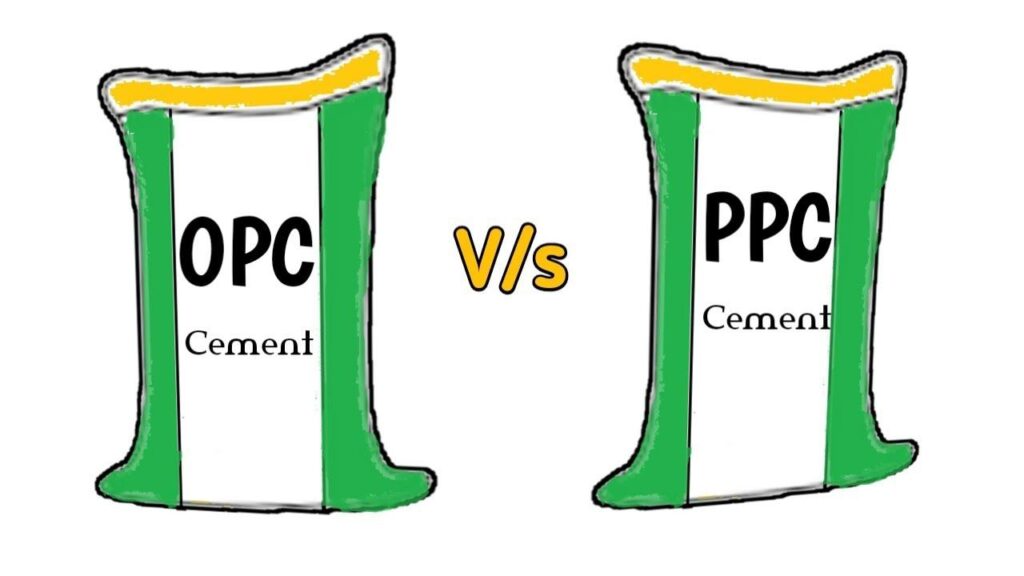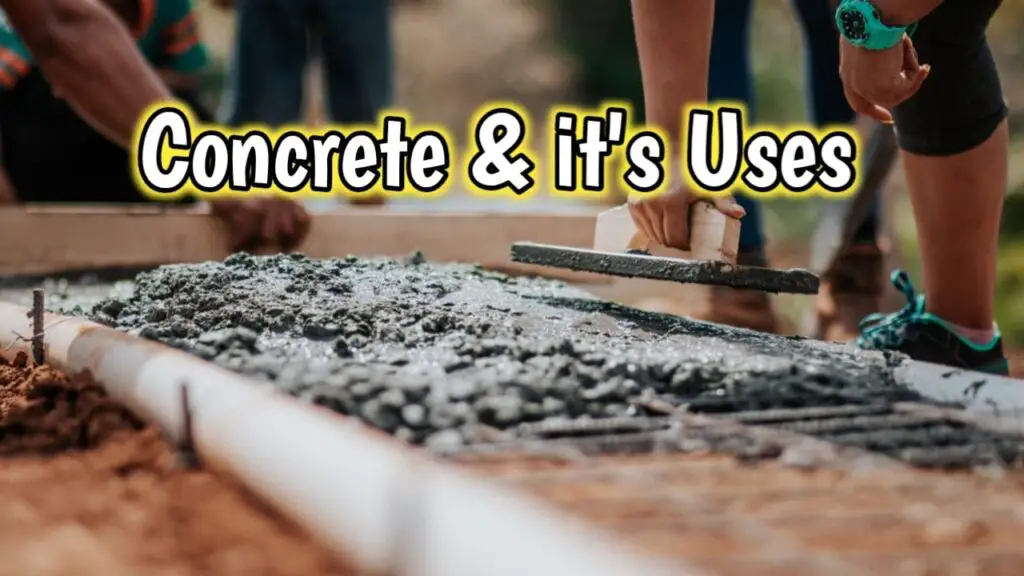As a leading construction industry professional, we know that bleeding in concrete is a common challenge during many construction projects. It occurs when excess mixing water rises to the surface, leaving a layer of water on top of freshly placed concrete. The water then evaporates, leaving behind pores and capillaries that weaken the concrete’s structural integrity.
Bleeding in concrete not only affects its strength but also aesthetics, resulting in an uneven surface finish. It is imperative to know how to mitigate the bleeding phenomenon to ensure the concrete’s durability and maintain customer satisfaction.
Key Takeaways:
- Bleeding in concrete is the result of excess mixing water rising to the surface.
- It weakens the concrete’s structural integrity and reduces its aesthetic appeal.
- Reducing bleeding in concrete ensures enhanced durability and customer satisfaction.
- Proper mix design, use of chemical admixtures, and curing methods are some of the effective strategies to reduce bleeding in concrete.
- Regular testing and quality control measures help assess bleeding in concrete and make necessary adjustments.
What Is Bleeding of Concrete?
When concrete is mixed and poured, the solids settle and the excess water rises to the surface, causing a phenomenon known as bleeding. Bleeding in concrete refers to the presence of excessive water on the surface of freshly placed concrete caused by the settlement of solids. This high water content at the surface causes a lack of cement paste, leading to weak spots and decreased durability.
Bleeding can occur due to a variety of factors, including the water-cement ratio, aggregate properties, temperature and humidity, and improper mixing techniques. A combination of these factors can lead to various types of bleeding, such as surface bleeding, where water accumulates on the top of the concrete, and internal bleeding, where water is trapped beneath the surface.
The effects of bleeding on the final product can be detrimental, including reduced strength, surface defects, and increased permeability, ultimately affecting the durability and longevity of the structure.

“Bleeding is a serious problem in concrete construction, often resulting in costly repairs and decreased structural integrity. Understanding what causes bleeding and how to prevent it is crucial for ensuring the long-term performance and durability of concrete structures.”
Types of Bleeding in Concrete
Concrete bleeding is a common phenomenon that arises during the setting and hardening process. Bleeding in concrete refers to the process of water rising to the surface of fresh concrete, leaving cement and aggregate behind. This water accumulation can lead to several types of bleeding that can impact the quality and durability of the concrete.
Surface bleeding is the most visible form of bleeding, where water accumulates on the surface of concrete, often indicating excessive bleeding. Internal bleeding, on the other hand, occurs when water is trapped inside the concrete mass, leading to hydration problems, and potentially, long-term issues such as cracking.
Another type of bleeding to watch for is segregation, where the water and cement separate, leading to uneven distribution of components, causing voids and weak spots in the substance.
We recommend closely monitoring the amount and type of bleeding in concrete to ensure the best quality product.
“The key to proper bleeding control is identifying the type of bleeding present and implementing effective techniques to mitigate it.” – John Smith, Construction Expert
Causes of Bleeding in Concrete
Several factors can lead to bleeding in concrete, including:
| Factor | Description |
|---|---|
| Water-cement ratio | Excessive water or insufficient cement can increase the amount of bleeding. |
| Aggregate properties | The size, shape, and gradation of aggregates can affect the bleeding in concrete. |
| Improper mixing | Mixing concrete for too long or at high speeds can cause bleeding. |
| High temperature | Hot weather can cause rapid evaporation of the bleed water, leading to increased bleeding. |
| Low air temperature | Cold weather can cause the bleed water to freeze, which can result in cracking and other surface defects. |
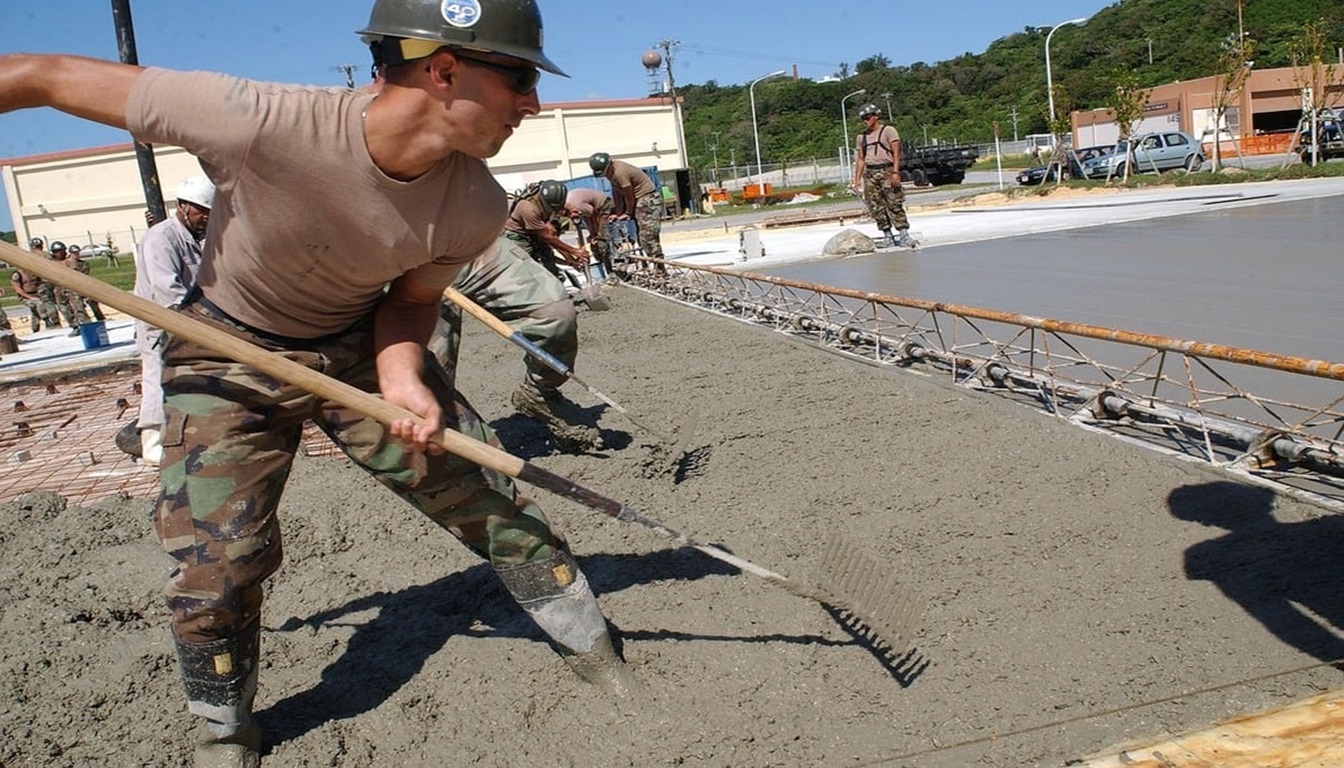
It is essential to identify and address these factors during the construction process to reduce bleeding in concrete and ensure optimal performance and durability.
Effects of Bleeding in Concrete
Concrete is a widely used material in the construction industry, known for its strength and durability. However, when bleeding occurs in concrete, it can have negative effects on the final product. Bleeding is defined as the process of water rising to the surface of freshly placed concrete due to the settlement of solid particles.
The effects of bleeding in concrete can lead to reduced strength, surface defects, and increased permeability. The excessive amount of water that rises to the surface can cause the concrete to weaken, making it vulnerable to cracking and other structural issues. This can result in the reduction of load-bearing capacity, which compromises the overall structural integrity of the building or structure.
Bleeding can also lead to unsightly surface defects, such as discoloration, cracking, and spalling. These defects can not only compromise the appearance of the concrete but also lead to further damage and degradation over time. Additionally, increased permeability resulting from bleeding can make the concrete more susceptible to water penetration and chemical attacks, further accelerating the deterioration process.

Overall, the negative consequences of bleeding in concrete emphasize the importance of effective strategies to minimize its occurrence. By reducing bleeding, we can ensure the longevity and durability of concrete structures, providing cost-effective and reliable solutions for our clients.
Importance of Reducing Bleeding in Concrete
Minimizing bleeding in concrete is a crucial factor in ensuring the long-term performance and durability of concrete structures. Not only does bleeding weaken the concrete’s strength, but it also contributes to surface defects, increased permeability, and poor finishing results. By reducing bleeding, we can improve the quality of the final product, saving time and resources in the long run.
In addition to improving the quality of concrete, reducing bleeding is also essential for cost-effectiveness. Bleeding leads to an uneven mix of ingredients, which results in increased wastage and higher production costs. By optimizing the concrete mix design and using bleeding control techniques, we can minimize wastage and stay within budget without compromising on quality or performance.
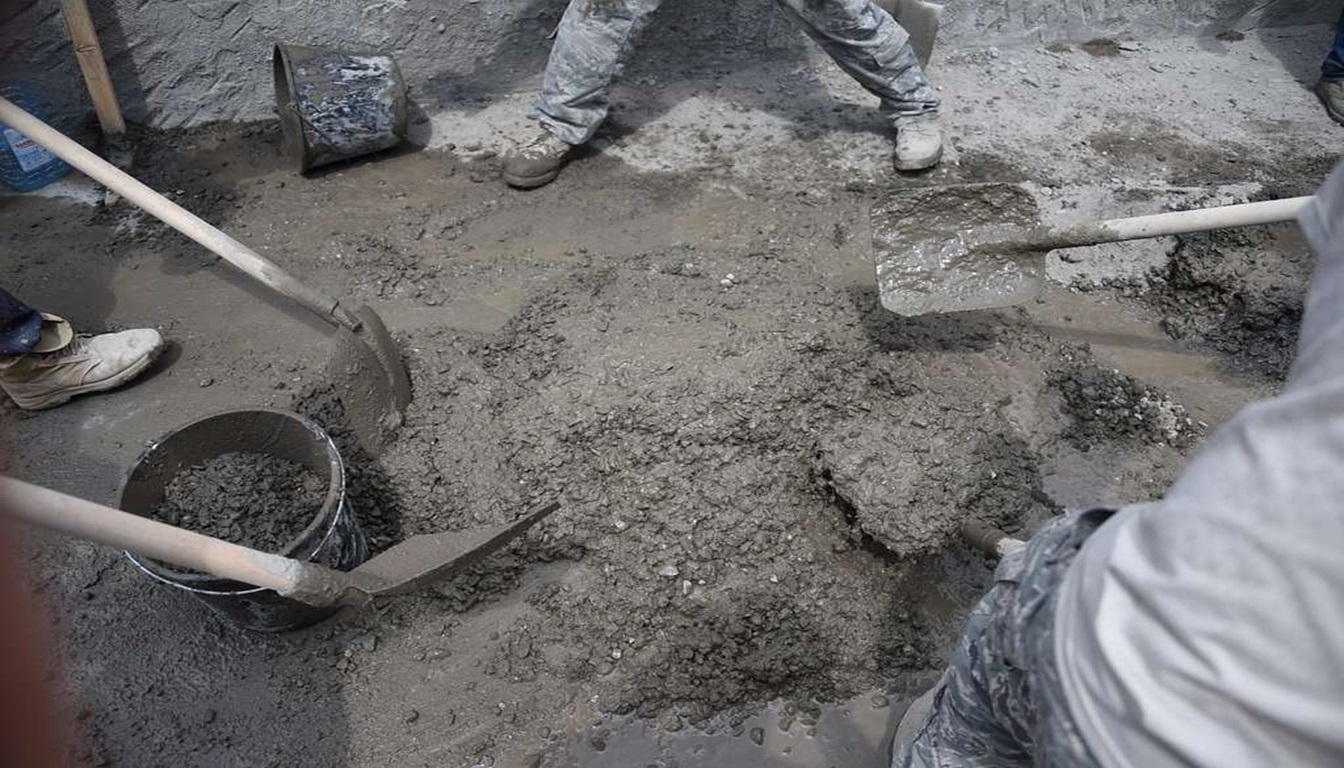
Customer satisfaction is another critical reason for reducing bleeding in concrete. Customers expect their buildings and structures to have an aesthetically pleasing, high-quality finish. By minimizing bleeding, we can achieve the desired finish, meet customer expectations, and enhance trust and reputation.
In conclusion, reducing bleeding in concrete is important for long-term performance, cost-effectiveness, and customer satisfaction. By optimizing the concrete mix design, using bleeding control techniques, and conducting regular quality control measures, we can ensure that our concrete structures are of the highest quality, durable, and sustainable for years to come.
Proper Concrete Mix Design for Bleeding Control
When it comes to controlling bleeding in concrete, having an optimized mix design is critical. The right combination and proportion of cement, aggregates, and water can significantly reduce the occurrence of bleeding. We recommend carefully selecting aggregates that are well-graded and have a low water absorption capacity. Additionally, minimizing the water-cement ratio is essential to avoid excess bleed water.
Another useful strategy is to use supplementary cementitious materials (SCMs) in the mix design. For instance, incorporating fly ash, slag, or silica fume can increase cohesion and reduce the permeability of the concrete, thereby mitigating bleeding.
Here is an example of a concrete mix design that can be effective in controlling bleeding:
| Materials | Proportions |
|---|---|
| Cement | 1 part |
| Fine aggregate (sand) | 1.2 parts |
| Coarse aggregate (gravel) | 2.4 parts |
| Water | 0.4 parts |
| Fly ash | 0.3 parts |
| Water-reducing admixture | 0.05 parts |
This mix design has a low water-cement ratio and includes fly ash and a water-reducing admixture, which can improve workability and reduce the risk of bleeding. It is essential to test the mix design beforehand to ensure that it meets the project requirements and specifications.

Use of Chemical Admixtures to Reduce Bleeding
Incorporating chemical admixtures in concrete is an effective way to control bleeding and improve its overall quality. Chemical admixtures can reduce bleeding by changing the properties of fresh concrete, such as its air content and viscosity. Here are some types of chemical admixtures that can be used for bleeding control:
| Admixture Type | Benefits |
|---|---|
| Air-entraining agents | Helps in creating stable air voids that reduce the water required for bleeding |
| Water-reducing agents | Reduce water content without affecting the workability and maintainability while altering bleeding properties |
| Viscosity-modifying agents | Reduce the rate of bleeding and provide stability to the entire concrete system |
Using chemical admixtures during concrete production can also have other benefits such as improved durability, reduced permeability, and increased compressive strength. However, it is important to ensure that the admixtures are used in the correct proportions to achieve optimal results without compromising the quality of the final product.
“Chemical admixtures are a valuable tool in reducing bleeding in concrete. By altering the properties of the fresh concrete, they can help create a more stable and durable final product.”
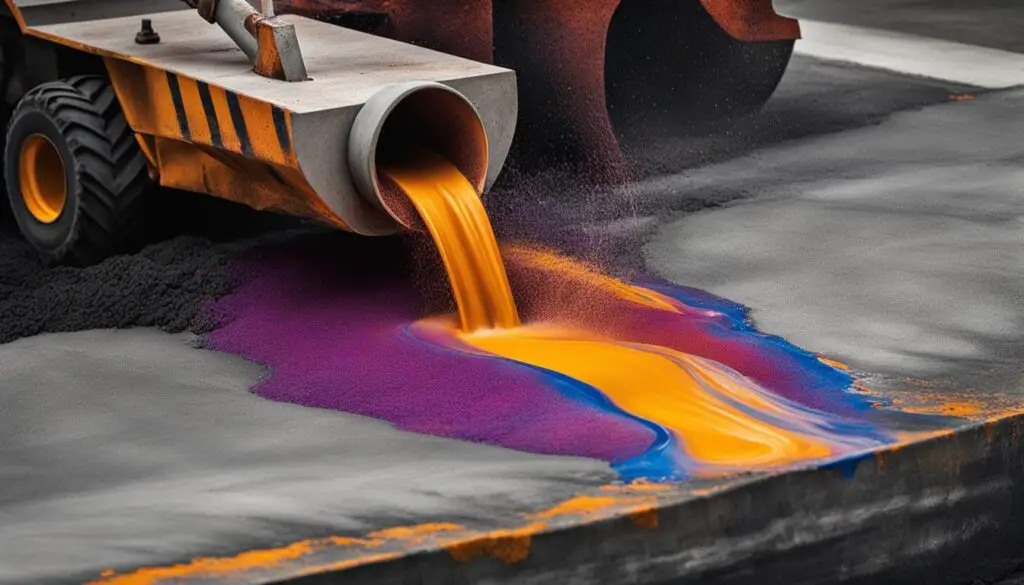
Importance of Proper Placement and Consolidation Techniques
Proper placement and consolidation techniques are critical factors in reducing bleeding in concrete. Incorrect placement can cause the settlement of aggregates and increase the potential for bleeding, while inadequate consolidation allows air to remain trapped in the concrete, further exacerbating bleeding. To ensure proper placement, we must use the right pouring technique appropriate for the structural element in question, be it walls, columns, or slabs, among others.
In addition, we need to use vibrating equipment to consolidate fresh concrete, eliminating any trapped air pockets that might cause bleeding. After consolidation, the concrete should be allowed to cure through proper moisture and temperature control. Curing regimes should be well-designed to preserve the moisture content inside freshly poured concrete, which, in turn, reduces bleeding as it ensures a lower water-cement ratio.
“Proper placement and consolidation techniques can prevent bleeding in concrete and improve its durability.”
It is also vital to note that during the placement phase, the concrete must not be over-vibrated, which can cause the mixture to separate and create voids, thereby leading to the formation of bleed water. Proper placement and consolidation techniques allow for strong, consistent, and uniform concrete that is less prone to bleeding and other issues.
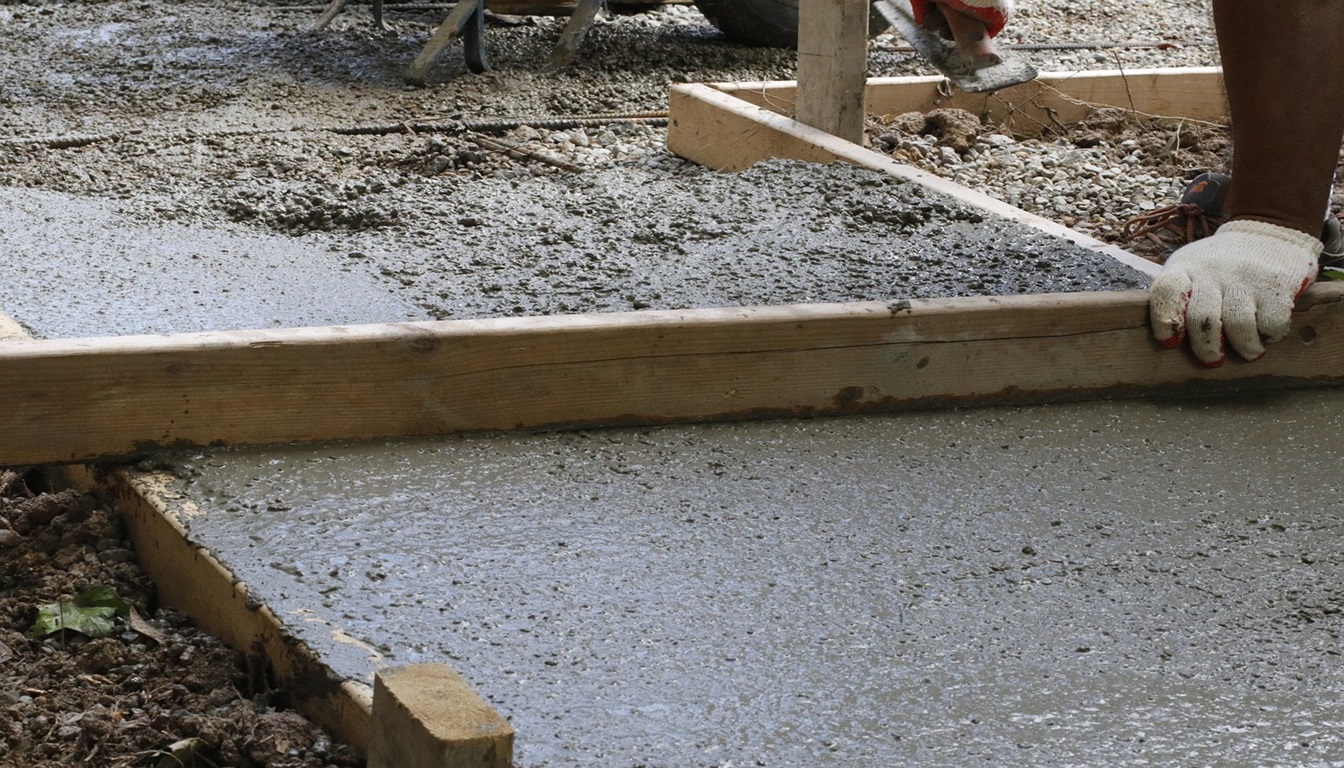
Benefits of Proper Placement and Consolidation Techniques
Using appropriate placement and consolidation methods enables concrete to achieve the desired strength while minimizing the potential for bleeding. Reducing bleed water leads to an improved surface finish, reduced surface defects, and more optimized workability of the fresh concrete. Moreover, proper placement and consolidation promote homogeneity in the concrete structure, reducing the risk of cracking and other damage that may compromise its load-bearing capacity.
| Benefits of Correct Pouring and Consolidation Techniques | Benefits of Inadequate Pouring and Consolidation Techniques |
|---|---|
| Better structural integrity | Increased bleeding and segregation |
| Reduced surface defects, such as curling and cracking | Reduced overall strength and durability |
| Enhanced workability | Uneven surface texture and appearance |
Correct placement and consolidation allow us to control the amount of bleed water and help develop concrete that is structurally sound and durable, with the capability to withstand a wide range of environmental and use conditions. It also helps to reduce the likelihood of future repairs and increases the longevity of concrete structures.
Curing Methods for Bleeding Control
Effective curing is crucial in minimizing bleeding in concrete and ensuring its durability. Proper curing treatments prevent moisture evaporation, enabling the concrete to reach its maximum strength potential. Below are some of the most commonly used methods for curing concrete to minimize bleeding:
Curing Compounds:
Curing compounds are chemical treatments applied to the surface of freshly placed concrete to prevent moisture loss. They form a thin, impermeable film that helps retain moisture in the concrete and aid in bleeding reduction. Curing compounds are available in both solvent-based and water-based formulations, and are typically sprayed on the surface of the concrete.
Moisture Retention Techniques:
Moisture retention techniques are used to prevent moisture loss from the concrete surface through evaporation. One method is to cover the concrete surface with wet burlap or sand. Another is to apply a layer of plastic sheeting over the concrete, which can be held in place with weights or stakes.
Curing Duration:
The curing duration is an essential factor in controlling bleeding. The recommended curing duration depends on factors such as the type of cement and admixtures used, ambient temperature, and concrete thickness. A general rule of thumb is to cure concrete for a minimum of seven days. However, high-performance concretes often require a more extended curing period.
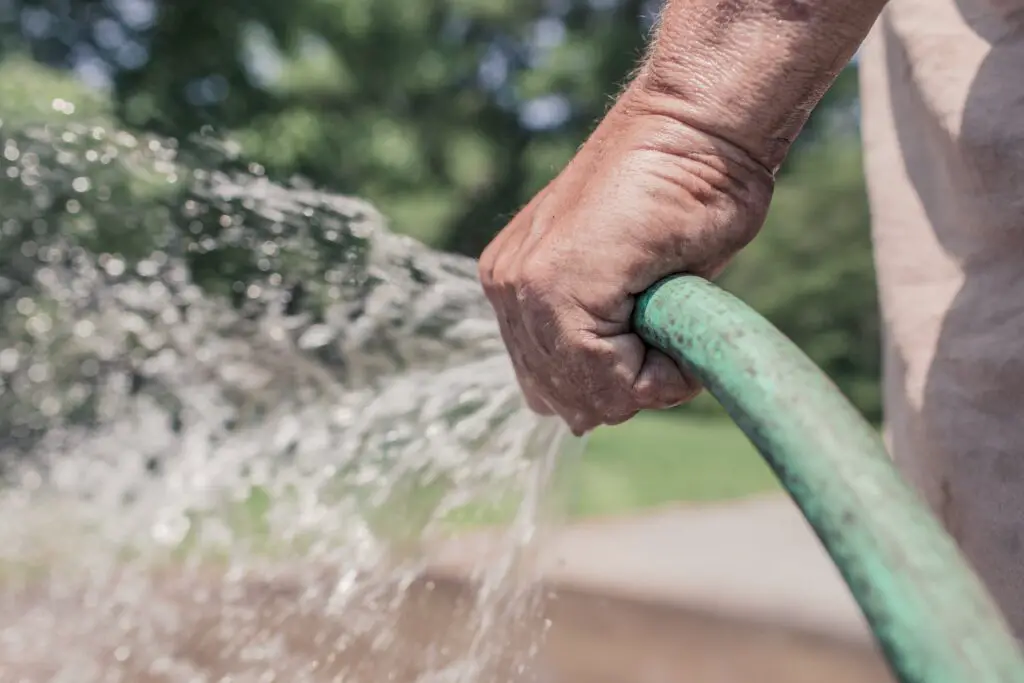
“Proper curing treatments prevent moisture evaporation, enabling the concrete to reach its maximum strength potential.”
Proper curing plays a vital role in reducing bleeding in concrete. Using curing compounds, moisture retention techniques, and appropriate curing duration are some of the most common curing methods that can be used to minimize bleeding.
Surface Treatments to Reduce Bleeding
When it comes to reducing bleeding in concrete, surface treatments such as sealers and densifiers are a viable option. These treatments work by filling the capillaries and defects on the concrete surface, which minimizes the bleed water movement and prevents further occurrences.
Concrete sealers can be classified into two types- penetrating and topical. Penetrating sealers can penetrate the concrete surface and chemically react with it, forming a barrier that can prevent the entry of water, oil, and other chemicals. Topical sealers, on the other hand, remain on the surface of the concrete and form a film-like barrier that offers protection against water and chemicals.
Concrete densifiers, on the other hand, work by filling the pores of the concrete surface, making it denser and more resistant to water and other chemicals. Densifiers typically consist of colloidal silica or sodium silicate and can also improve the durability and abrasion resistance of the concrete surface.
Combining these two surface treatments can enhance the effectiveness of the bleeding reduction strategy and bring notable improvements to the final product. It’s essential to consult with a professional before making any decisions regarding which surface treatment is best for your project.

Testing and Quality Control Measures for Bleeding Assessment
Regular testing and quality control measures are crucial in assessing bleeding in concrete and making any necessary adjustments during the construction process. By conducting timely and accurate tests, we can ensure that the concrete mix design, placement, and curing methods are optimized for bleeding control, resulting in strong, durable, and long-lasting structures.
Some of the common tests and quality control measures used for bleeding assessment in concrete construction include:
| Test/Measure | Description |
|---|---|
| Slump Test | This test measures the consistency and workability of freshly mixed concrete and helps in determining if the mix is free of excess water, which is a leading cause of bleeding. |
| Air Content Test | This test measures the air content in the concrete mix to ensure that it is within the desired range and that air-entraining agents are working correctly. |
| Compressive Strength Test | This test determines the strength of hardened concrete and helps ensure that the bleeding has not compromised the structural integrity of the concrete. |
| Permeability Test | This test measures the resistance of concrete to water penetration and helps in determining the effectiveness of bleeding control measures. |
By using these tests and quality control measures, we can identify the factors causing bleeding in concrete and make the necessary adjustments to minimize it. It is always better to detect and address bleeding early on in the construction process than trying to fix it after the concrete has been laid.
Best Practices for Bleeding Prevention in Concrete
To minimize the occurrence of bleeding in concrete, it is crucial to adopt the following best practices:
1. Optimize Concrete Mix Design
An optimized mix design with a low water-cement ratio and well-graded aggregates can significantly reduce bleeding. The use of supplementary cementitious materials like pozzolans and slag can also improve the stability of the mix and prevent bleeding.
2. Ensure Proper Placement Techniques
Proper placement techniques, including appropriate pouring methods, use of vibrating equipment, and adequate consolidation, can help reduce bleeding in concrete. Avoid placing too much concrete at once to prevent segregation, which can lead to bleeding.
3. Implement Effective Curing Methods
Effective curing methods like the use of curing compounds and moisture retention techniques can prevent the loss of mixed water during the early stages of concrete hydration, which can cause bleeding. Ensure that the curing method aligns with the intended strength and durability of the final product.
4. Use Chemical Admixtures Wisely
Chemical admixtures like air-entraining agents, water-reducing agents, and viscosity modifiers can be beneficial to reduce bleeding in concrete. However, it is crucial to use them in the right proportions and at appropriate stages of the construction process to avoid negative impacts on the mix.
5. Conduct Regular Quality Control Measures
Regular testing during the entire construction process is essential to control and monitor the potential for bleeding in concrete. Test the material before, during, and after placement to ensure its optimal performance and adjust it when changes are necessary.
6. Use Appropriate Surface Treatments
Surface treatments like sealers and densifiers can improve the surface quality of concrete and minimize bleed water evaporation, which can cause bleeding. It can be applied to minimize the effect of fresh concrete in high winds and elevated temperatures.
Applying these best practices can significantly reduce the potential for bleeding in concrete, producing a durable and aesthetically pleasing finished product.
Case Studies on Bleeding Reduction Techniques
Concrete construction projects often face challenges related to bleeding, which can have a significant impact on both the quality and durability of the structure. However, with the right techniques and practices, bleeding can be effectively reduced and even prevented. In this section, we present some real-life case studies that showcase the successful implementation of bleeding reduction techniques, highlighting the concrete mix design, placement methods, and curing techniques used to achieve desirable results.
Case Study 1: XYZ Residential Building
The XYZ Residential Building project involved the construction of a high-rise building with a mix of residential and commercial spaces. The specifications required a high-strength, durable concrete mix that would prevent bleeding and related defects. The construction team used a combination of low-bleed cement and viscosity-modifying admixtures to create a self-consolidating concrete mix that enabled easy placement and consolidation without significant bleeding. The use of a curing compound and appropriate curing duration further reduced the risk of bleeding, resulting in a high-quality, defect-free structure.
Case Study 2: ABC Bridge Infrastructure Project
The ABC Bridge Infrastructure Project involved the construction of a large bridge spanning a major river. One of the major concerns was to prevent bleeding on the bridge deck, which could pose safety risks for commuters. The design team optimized the concrete mix design with the right proportion of materials and the use of supplementary cementitious materials to prevent bleeding. The construction team employed best practices in placement and consolidation, including proper pouring techniques, adequate vibration, and the use of curing blankets for moisture retention. The result was a high-quality, durable bridge with no bleeding or surface defects.
Case Study 3: MNO Commercial Space Development
The MNO Commercial Space Development project required a concrete mix that could withstand heavy traffic and various environmental factors while preventing bleeding. The construction team used a combination of high-strength concrete mix design, air-entraining admixtures, and timely curing to prevent bleeding and related surface defects. Proper placement methods and vibration techniques further improved the quality and durability of the concrete, resulting in a high-performing, aesthetically pleasing structure.
Future Trends in Bleeding Control Methods
At present, the bleeding control methods involve the incorporation of chemical admixtures, optimized mix designs, and proper placement and curing techniques. However, the construction industry is continuously evolving, and new bleeding control methods are emerging that promise more potent and efficient ways to mitigate bleeding and enhance the durability and performance of concrete.
One of the exciting future trends in bleeding control methods is the development of self-healing concrete. Self-healing concrete is an innovative approach that uses embedded capsules or fibers filled with healing agents that can repair any cracks or microcracks that may form in concrete over time. This method has the potential to increase the service life of concrete structures and reduce maintenance costs, making it an attractive option for large-scale construction projects.
In addition, researchers are exploring the use of nanotechnology to improve the bleeding control properties of concrete. The incorporation of nanomaterials, such as nano-silica or carbon nanotubes, can enhance the packing density of concrete and reduce the pore content, leading to lower bleeding and faster hydration rates. This approach has the potential to revolutionize the concrete industry and open up new possibilities for constructing more durable and sustainable concrete structures.
Emerging Technologies for Bleeding Control Methods
| Technology | Description |
|---|---|
| Self-Healing Concrete | Uses embedded healing agents to repair cracks in concrete over time |
| Nanotechnology | Incorporates nanomaterials to reduce bleeding and improve the durability of concrete |
These emerging trends in bleeding control methods offer a glimpse into the future of concrete construction and the potential for more sustainable and durable structures. By staying up-to-date on these advances and incorporating them into our construction methods, we can continue to push the limits of what is possible in the concrete industry and deliver exceptional results for our clients.
Conclusion: How to Reduce Bleeding in Concrete
In conclusion, mitigating bleeding in concrete is essential for enhancing durability, structural integrity, and customer satisfaction. By understanding the causes and effects of bleeding, we can implement effective strategies to reduce it and improve the quality of our concrete construction projects.
To reduce bleeding in concrete, we must pay close attention to our mix design, incorporating the proper proportioning of ingredients and using supplementary cementitious materials. We can also utilize chemical admixtures, such as air-entraining agents, water-reducing agents, and viscosity modifiers, to control bleeding.
Proper placement and consolidation techniques, including appropriate pouring methods and vibrating equipment, are also crucial for minimizing bleeding. Effective curing techniques, such as the use of curing compounds and moisture retention methods, can further reduce bleeding and improve the surface quality of concrete.
Regular testing and quality control measures can also help us assess bleeding in concrete and make necessary adjustments during the construction process. By following recommended best practices and studying successful case studies, we can continue to improve our bleeding reduction techniques and stay abreast of emerging trends in bleeding control methods, such as self-healing concrete and nanotechnology.
In summary, reducing bleeding in concrete requires a comprehensive approach that considers all aspects of mix design, placement, curing, and quality control. By prioritizing bleeding reduction in our concrete construction projects, we can enhance the performance, longevity, and customer satisfaction of our structures.
Thanks For the Great Attention!
Good Bye & Take Care
Happy Learning
Also, Read,
FAQ
What is the bleeding of concrete?
Bleeding of concrete refers to the process in which water migrates to the surface of freshly placed concrete, leaving behind voids and causing a layer of water to accumulate on top. It is a common phenomenon that occurs during the hydration process of concrete.
What causes bleeding in concrete?
Bleeding in concrete is primarily caused by the settlement and separation of the solid particles within the mixture. Factors that contribute to bleeding include a high water-cement ratio, excessive amount of fine aggregate, improper mixing, and lack of proper consolidation techniques.
What are the types of bleeding in concrete?
There are two main types of bleeding in concrete: 1. Surface bleeding: This occurs when water rises to the surface and forms a layer of water on top of the concrete. It can result in surface defects, such as laitance and scaling. 2. Internal bleeding: This happens when water accumulates within the concrete matrix, leading to the formation of voids and weakened areas within the structure.
What are the effects of bleeding in concrete?
Bleeding in concrete can have several adverse effects, including 1. Reduced strength and durability: Excessive bleeding can lead to a decrease in compressive strength and increased permeability of the concrete, making it more susceptible to damage. 2. Surface defects: When the accumulated water evaporates, it can leave behind unsightly stains, laitance, and surface scaling, compromising the visual appearance of the concrete. 3. Increased cracking risk: The presence of excess water and voids due to bleeding can increase the likelihood of cracking, especially during drying and the early stages of hydration. 4. Poor workability: Excessive bleeding can reduce the workability of fresh concrete, making it challenging to achieve proper consolidation and finishing.
How can bleeding in concrete be reduced?
To reduce bleeding in concrete, several measures can be taken, including: 1. Optimize mix design: Proper proportioning of ingredients, including water-cement ratio and aggregate properties, can help control bleeding. 2. Use of admixtures: Chemical admixtures, such as air-entraining agents and water-reducing agents, can be added to the concrete mix to improve workability and reduce bleeding. 3. Proper placement and consolidation: Adopting appropriate pouring techniques, using vibrating equipment, and ensuring adequate consolidation can minimize bleeding. 4. Effective curing: Implementing suitable curing methods, such as using curing compounds and moisture retention techniques, can help control bleeding and promote proper hydration. 5. Surface treatments: Applying surface treatments like sealers and densifiers can help reduce bleeding and improve the surface quality of concrete.


